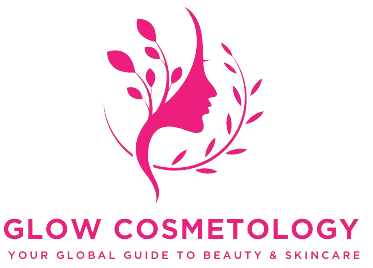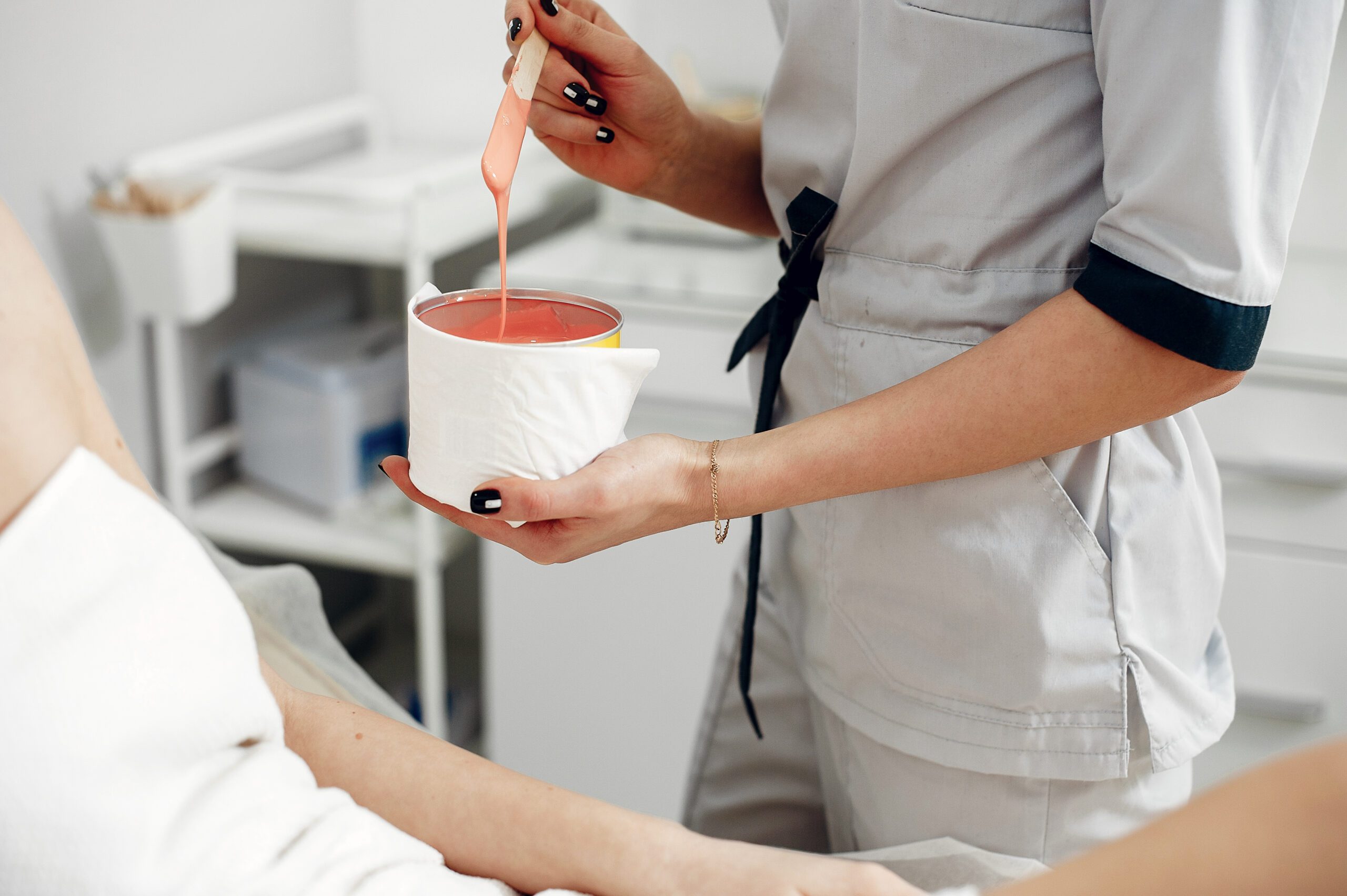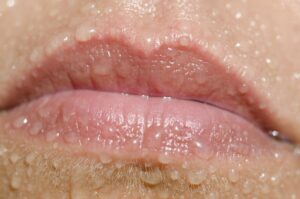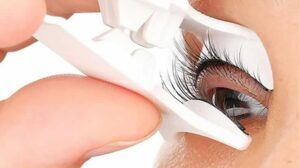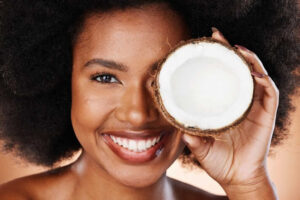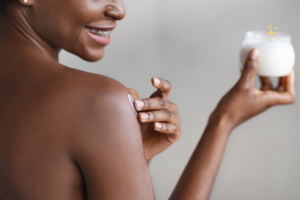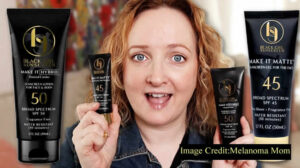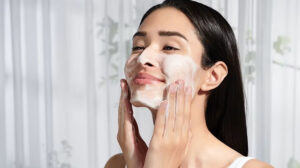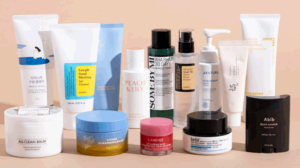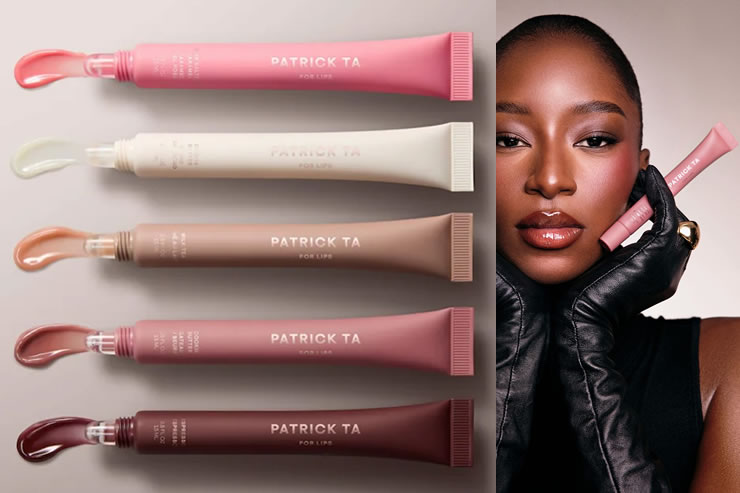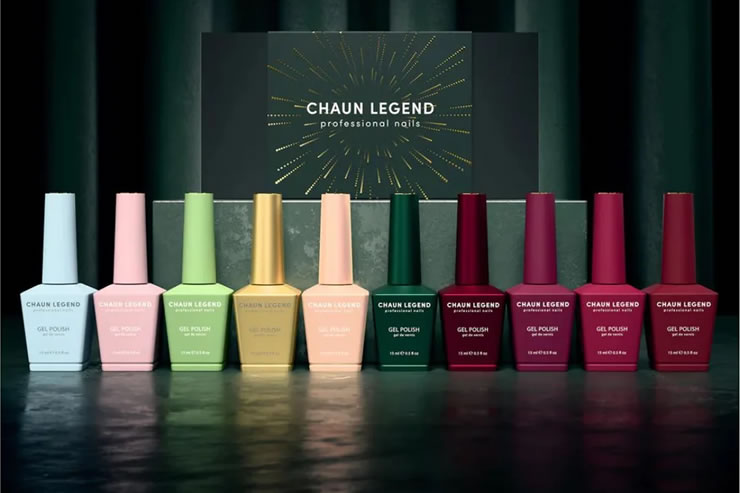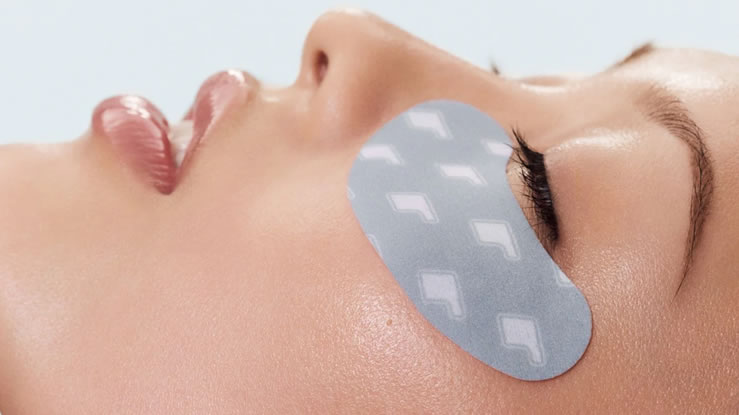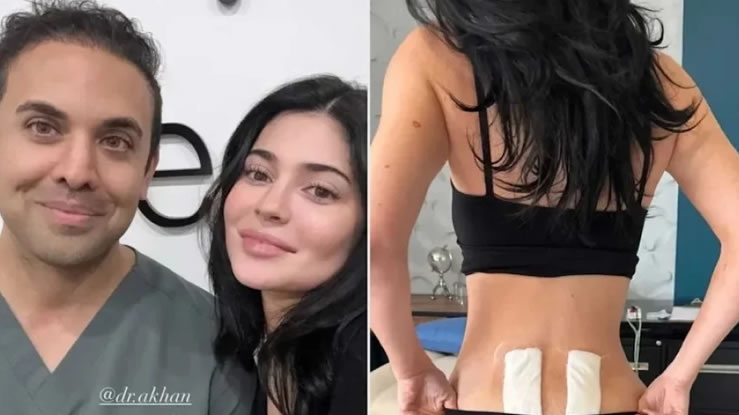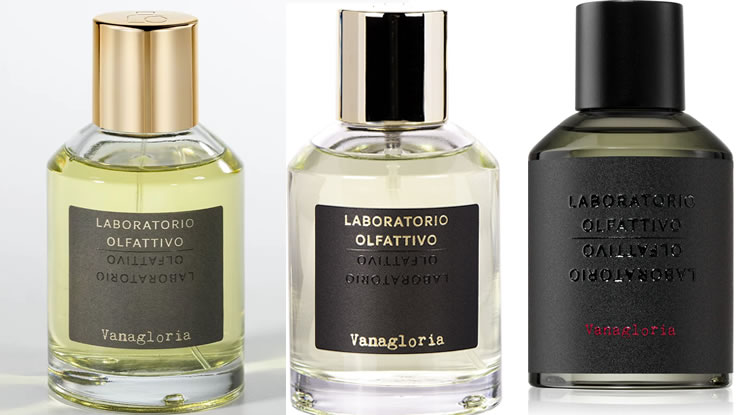When it comes to hair removal, few methods have stood the test of time quite like waxing. It’s quick, effective, and leaves the skin smooth for weeks. But with so many different types of wax available hard wax, soft wax, sugar wax, roll-on wax, fruit wax the question remains: which wax product is truly the best? The answer depends on your skin type, your preferences, and the part of your body being waxed. Let’s dive deep into everything you need to know before choosing your next wax product.
Understanding Waxing: What Makes It So Popular
Waxing works by removing hair from the root, unlike shaving which simply cuts hair at the surface. This means smoother skin, slower regrowth, and finer hair over time. Beyond its long-lasting results, waxing also exfoliates the skin, removing dead cells and leaving the surface softer and more radiant. With the right technique and product, it can even improve skin texture. However, not all waxes are created equal, and picking the right one can make or break your experience.
1. Soft Wax: The Classic Favorite
Soft wax, often referred to as strip wax, is one of the most common and widely used types of wax. It’s applied in a thin layer over the skin, then a strip of cloth or paper is pressed on top and pulled off quickly to remove hair. This method is ideal for large areas such as legs, arms, or back because it spreads easily and covers a wide surface in one go.
Soft wax is excellent for fine to medium hair types and delivers smooth results. However, because it adheres to both the skin and the hair, it can sometimes cause irritation or redness, especially for sensitive skin. It’s best used on areas that are not too delicate and by those who have some waxing experience.
To get the most out of soft wax, always apply it in the direction of hair growth and pull it off in the opposite direction. This ensures maximum hair removal and reduces the risk of breakage. Moisturizing after waxing is essential to soothe the skin and restore hydration.
2. Hard Wax: The Sensitive-Skin Hero
Hard wax, also known as stripless wax, is thicker and more luxurious in texture. It’s applied in a warm layer, allowed to cool and harden slightly, then peeled off without the need for a strip. Hard wax clings to the hair rather than the skin, making it far less painful and more suitable for sensitive areas such as the face, bikini line, and underarms.
One of the major advantages of hard wax is its gentleness. It’s less likely to cause irritation or redness because it doesn’t tug at the skin as much as soft wax does. It’s perfect for coarse or short hair and for people who have had bad experiences with traditional waxing.
Another benefit of hard wax is precision. You can apply it to small, specific areas, making it great for shaping eyebrows or removing hair from the upper lip. For the best results, ensure that your skin is completely clean and dry before application, and always test the wax temperature before using it on sensitive areas.
3. Sugar Wax: The Natural Alternative
Sugar waxing, or sugaring, is an ancient method that’s recently made a big comeback thanks to the clean beauty movement. Made from simple ingredients like sugar, lemon, and water, sugar wax is one of the gentlest forms of hair removal. Unlike traditional waxes, it doesn’t adhere to live skin cells it only sticks to dead skin and hair. This makes it far less painful and less likely to cause irritation or ingrown hairs.
Sugar wax is applied either cold or slightly warm, depending on preference. It’s ideal for sensitive skin and for people looking for a more natural, chemical-free solution. Additionally, sugar wax is water-soluble, meaning any residue can easily be washed off with water no sticky mess left behind.
While sugar wax is suitable for most areas of the body, it works best on fine to medium hair. For thicker or coarse hair, multiple passes may be required. One of its hidden benefits is that it acts as a gentle exfoliator, leaving the skin smooth and glowing after every use.
4. Fruit Wax: The Skincare-Infused Option
Fruit wax is a modern, skin-loving alternative that combines the effectiveness of hard wax with the benefits of natural fruit extracts. It’s infused with ingredients like berries, aloe vera, papaya, or chocolate to provide antioxidants, hydration, and nourishment during the waxing process.
This type of wax is particularly popular among those who want a more luxurious at-home waxing experience. It’s gentle on the skin, less painful, and can even leave the skin feeling moisturized after use. Because fruit waxes often come in rich, creamy formulas, they’re excellent for sensitive or dry skin types.
Fruit wax tends to be more expensive than traditional options, but its skin benefits often justify the price. It’s a great choice for anyone who views waxing not just as hair removal but as part of a broader skincare ritual.
5. Roll-On Wax: The Convenient At-Home Option
If you’re someone who prefers waxing at home, roll-on wax might be your best bet. It typically comes in a cartridge that can be heated and rolled directly onto the skin, followed by the use of a strip to remove the hair. This design makes it simple, mess-free, and easy to control.
Roll-on wax is ideal for large areas such as the legs or arms and is especially convenient for beginners. It ensures an even layer of wax and minimizes the risk of burns or overapplication. However, because it’s generally a soft wax in cartridge form, it might not be the best for very coarse or short hair.
To use roll-on wax effectively, make sure the cartridge is heated to the right temperature warm, not hot and always pull the strip quickly in the opposite direction of hair growth.
6. Cold Wax Strips: Quick and Portable
Cold wax strips are the ultimate solution for those who are always on the go. They come pre-coated with wax, so there’s no need for heating or preparation. You simply press the strip onto your skin and pull it off. They’re ideal for quick touch-ups or travel situations where carrying heating equipment isn’t practical.
While they’re not as effective as warm waxes in removing all hair (especially coarse or short strands), they’re convenient, easy to use, and perfect for emergencies. Cold wax strips are best for fine hair and small areas like the upper lip or arms.
Choosing the Right Wax for You
The best wax product is the one that fits your individual needs. Your skin type, hair type, and the area you’re treating should all guide your decision. If you have sensitive skin, go for hard wax or sugar wax. If you want to remove hair from large areas efficiently, soft or roll-on wax is your best friend. If you’re seeking skincare benefits, fruit wax offers an indulgent twist.
Here’s a quick summary:
-
Hard wax: Best for sensitive skin and small areas
-
Soft wax: Best for large areas and fine to medium hair
-
Sugar wax: Best for natural lovers and gentle removal
-
Fruit wax: Best for skincare benefits and hydration
-
Roll-on wax: Best for convenience and even application
-
Cold wax strips: Best for travel and emergencies
Common Waxing Mistakes to Avoid
Even with the best product, poor technique can lead to irritation or uneven results. Always ensure your hair is long enough—around a quarter-inch—for the wax to grip effectively. Don’t wax over sunburned, irritated, or broken skin. Avoid applying lotion or oil before waxing, as this can prevent the wax from adhering properly.
After waxing, resist the urge to touch or scratch the area. Avoid hot showers, saunas, or direct sunlight for at least 24 hours. Applying a soothing product like aloe vera or tea tree oil can help calm the skin and prevent inflammation.
Exfoliate regularly, but not immediately after waxing, to prevent ingrown hairs. Wait about two days before using a gentle scrub or exfoliating glove.
Post-Wax Skincare Tips
The care you give your skin after waxing determines how long your smooth results will last and how comfortable the recovery period feels. Keep your skin hydrated with a lightweight, fragrance-free moisturizer. If redness occurs, use a cold compress or a calming mist to reduce irritation. Avoid tight clothing, especially on freshly waxed areas like the bikini line, to allow the skin to breathe.
Also, remember to keep your waxing tools clean if you do it at home. Contaminated applicators or wax pots can introduce bacteria, leading to breakouts or infections.
Professional vs. At-Home Waxing: Which Is Better?
Whether you wax at home or in a salon depends on your comfort level and budget. Professional waxing provides precision, safety, and often less pain because trained aestheticians know how to handle the skin and wax temperature properly. It’s especially recommended for delicate areas like the face and bikini line.
At-home waxing, on the other hand, offers convenience and cost savings. With practice, it becomes easier and more efficient. Today’s at-home wax kits are designed for safety and ease of use, making it possible to achieve salon-quality results with a bit of patience.
How to Make Waxing Less Painful
Waxing can be uncomfortable, but there are ways to make it easier. Exfoliating the skin 24 hours before waxing helps lift trapped hairs and reduces pulling. Applying a numbing cream or taking an over-the-counter pain reliever 30 minutes before can also help.
During waxing, take deep breaths and relax your muscles. Tension can increase pain. After waxing, apply a cold compress or soothing gel to calm the area. Regular waxing also reduces pain over time because the hair follicles weaken and hair grows back finer.
If we had to choose one universal winner, hard wax stands out as the most versatile and skin-friendly option. It’s effective, gentle, and works well for both beginners and pros. However, if you prefer a natural and sustainable option, sugar wax deserves a spot in your routine too.
Ultimately, the best wax product isn’t about brand names or trends it’s about finding what fits you. The key is to listen to your skin, test different formulas, and treat waxing as both a self-care and beauty ritual. With the right approach, smooth, glowing skin is always within reach.
Related Article
